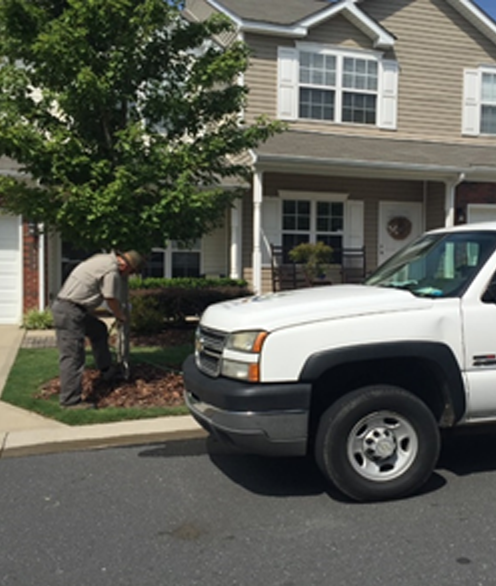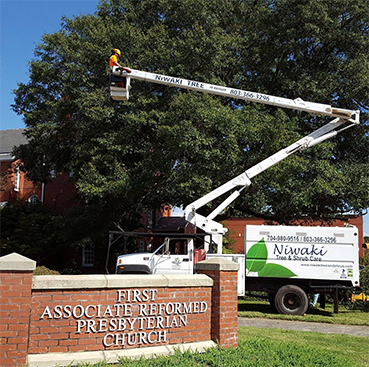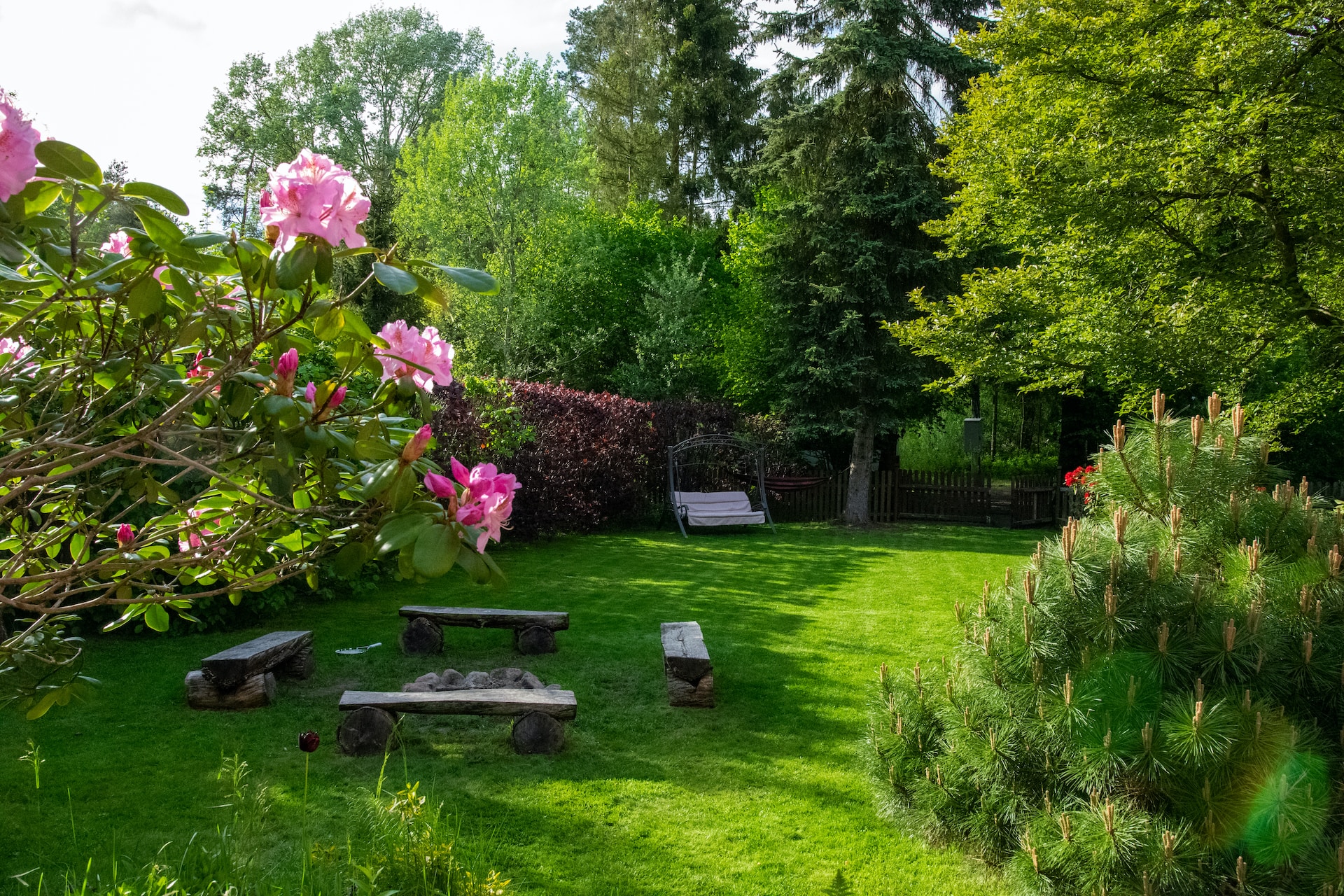
Tree Fertilization Rock Hill
Organic Tree Fertilization Services for Healthier Trees
Trees are long-term investments that need consistent, deep-rooted care. At Niwaki Tree and Shrub Care, our professional tree fertilization services are designed to strengthen trees from the ground up, promoting better growth, vibrant foliage, and long-term resilience against pests, disease, and environmental stress.
Deep Root Fertilization

Unlike forests where trees naturally thrive in rich, organic matter, urban and residential landscapes often have poor or compacted soils. Trees in these settings may suffer from nutrient deficiencies—especially if surrounded by turfgrass or competing plant life.
Fertilization replenishes essential nutrients in the soil and improves:
- Leaf color and canopy density
- Root development and drought tolerance
- Resistance to insects and disease
- Recovery from stress (construction, pruning, or weather damage)
- Bloom production and overall vitality
At Niwaki, we use deep root fertilization to deliver nutrients directly to the tree’s active root zone. This method ensures better absorption than surface-level feeding and helps improve soil structure at the same time.
Our custom-blended formula includes:
- Nitrogen, phosphorus, and potassium (NPK)
- Micronutrients essential to local soil conditions
- Organic materials that encourage microbial activity
- Bio-stimulants to enhance root function
Each application is tailored to your tree species, age, health, and surrounding landscape.
Why Niwaki Tree and Shrub?
- Certified arborists with expertise in plant health care
- Custom-blended fertilization formulas
- Organic, eco-conscious options available
- Knowledge of Rock Hill & Fort Mill soil types
- Honest recommendations and transparent pricing
We don’t just feed your trees—we help them thrive.
Organic Soil & Fertilization Solutions
We believe in building healthier soil—not just feeding plants. Our NutriBlend® Organic Soil Reform enhances microbial activity, improves nutrient exchange, and decompacts clay soils naturally. This ecosystem-focused approach leads to better fertilization efficiency and more sustainable tree health.

When Should You Fertilize Your Trees?
Timing depends on the type of tree and its growing conditions, but in general:
- Early Spring – Ideal for promoting early-season growth
- Late Fall – Strengthens roots before winter dormancy
- Mid-Season (as needed) – To aid stressed or underperforming trees
We assess your trees’ needs during every visit and recommend a fertilization schedule that aligns with their natural growth cycle.
Tree Species We Commonly Fertilize
- Maples, oaks, and elms
- Crape myrtles and dogwoods
- Evergreens and conifers
- Fruit-bearing and flowering ornamentals
- Newly planted or recently transplanted trees
Whether your trees are mature or young, ornamental or structural, we have the expertise and blends to support healthy growth and long-term success.

Tree Fertilization FAQ
Signs include pale or yellowing leaves, reduced growth, sparse foliage, and poor flowering. Soil compaction, nearby construction, or a lack of organic matter may also impact root health. We offer tree health assessments to determine if fertilization is needed.
Early spring and late fall are ideal times for fertilizing. Spring applications support new growth, while fall fertilization strengthens roots before winter dormancy. Timing may vary depending on the species and condition of the tree.
Yes—especially when using organic or slow-release fertilizers. At Niwaki, we focus on eco-friendly practices and can provide organic formulations that support healthy microbial activity without runoff or soil damage.
Yes, but with care. Light fertilization can support root development, but we typically recommend waiting until the tree shows signs of active growth. We assess each case individually to avoid overstressing young trees.
Helpful Tips and Resources

